
1970 Plymouth AAR Cuda
By Dean Larson
Photos: Seller, Craigslist
What do the Dodge Charger Daytona, BMW E30 M3 and Lancia Stratos all have in common? Other than all being on my bucket list, these cars were all purpose-built street cars with some serious race tech, all created for homologation purposes. See in an effort to assure that cars are based on regular production models and not full-on prototype chassis, sanctioning bodies determine that a company must built a certain number of these cars for the public before they qualify for certain racing classes. But it’s always a sporting mentality that prompts manufacturers to push the bounds a little, hence is how we ended up with a 24-inch tall wing on the back of a road-going Dodge Charger! Back in the 1960s and ’70s, Chrysler was continuously willing to push the envelope to stick out from the crowd, and that included building wild homologation specials for the old “win on Sunday, sell on Monday” mindset. The Trans Am racing E-bodies have always lived in the shadow of the iconic wing cars, but these cars are pretty spectacular in their own right, exemplified by this 1970 Plymouth AAR Cuda on Greensboro Craigslist.
Trans Am racing was heating up by the late 1960s, and many of Detroit’s manufacturers rushed to field competitive muscle machines as a means to promote cars to a new audience. Ford built the Boss 302, Chevrolet fielded the Z28 Camaro and American Motors had the Javelin. For 1970, Chrysler looked to Trans Am as a way to promote the new E-Body Dodge Challenger and Plymouth Barracuda. Sam Posey’s Autodynamics race shop was selected to field the new Challenger T/A, while Plymouth went with legend Dan Gurney’s All American Racers team. Gurney and Swede Savage qualified well in Trans Am racing in 1970, recording three pole positions, but were never able to best a second place finish at Road America.
But before Gurney and Savage ever hit the track, the boys at Plymouth had to cook up a special version of the Barracuda that would have some semblance to the upcoming race cars. Visually, the car was set apart with a tip-to-tail strobe stripe with the AAR logo on the tail. A matte black treatment was applied to the hood and front fender tops, and a matte black spoiler was bolted to the trunk. The AAR Cuda also sat higher than the standard car and had exhaust side exits before each rear wheel with chrome tips. The hood was also made from lightweight fiberglass and had a unique formed hood scoop. Production cars were powered by Chrysler’s 290 hp 340 topped with three two-barrel carburetors on an Edelbrock intake manifold. But to meet the specified 5.0-liter limit, Gurney and Savage’s race cars were fit with specially-built 305 ci engines with four-barrel carbs, churning out some 440 hp.
With cost cutting measures in place, Chrysler pulled out of Trans Am racing after 1970, and the AAR Cuda was not offered in 1971. But given the car’s special one-year-only homologation history, AARs are worth big money today — over $100,000 in some cases. This AAR Cuda on Greensboro Craigslist is a low mile car at just 58,000, and is additionally one of just 1,614 built with an automatic transmission according to the seller. It’s finished in its original rally red shade, with the standard strobe stripe and black hood treatment. The seller reports that the numbers-matching 340 Six-Pack engine still lives under the hood with a few tasteful modifications, and the car retains its original sheet metal.
What I think makes this car worth pursuing is the beautiful condition and the numbers-matching originality. The seller also reports that it's one of just hundreds of AAR Cudas built with a vinyl roof, which makes it even more desirable by the numbers if you can prove it. Asking $85,500 on Craigslist, the seller has priced this car right around Hagerty’s number 2 “Excellent” condition. Check it out here on Greensboro Craigslist.

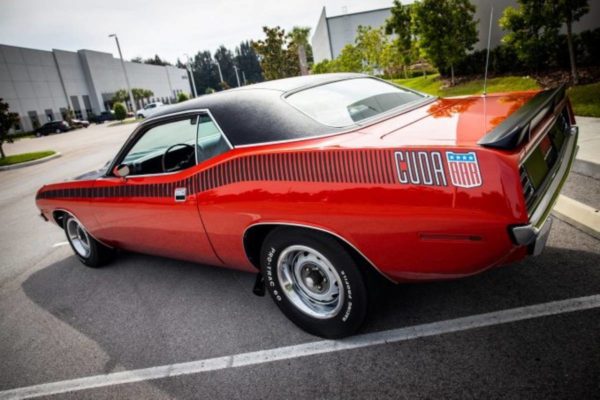
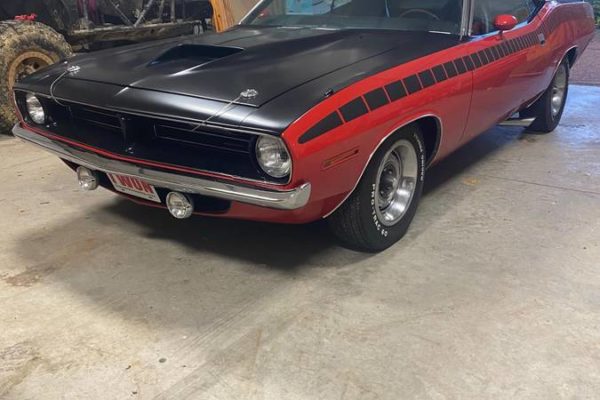
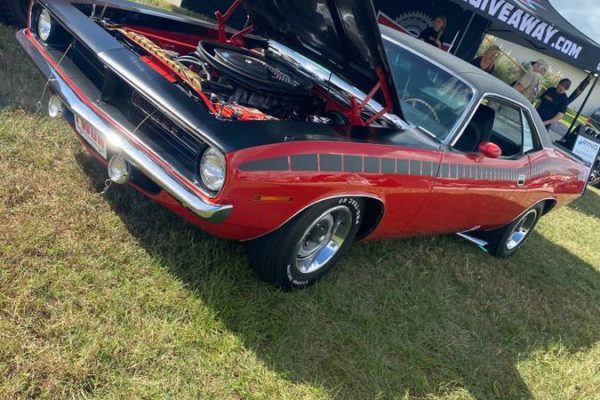
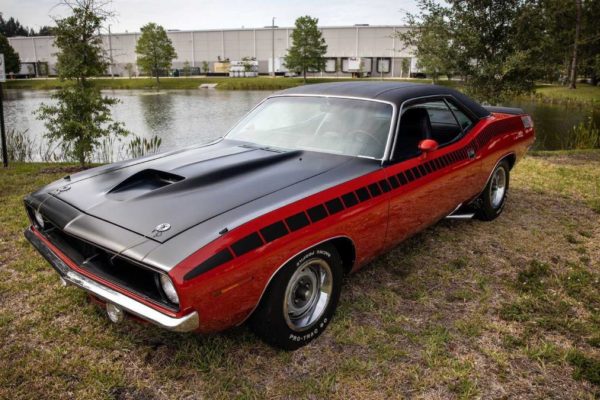
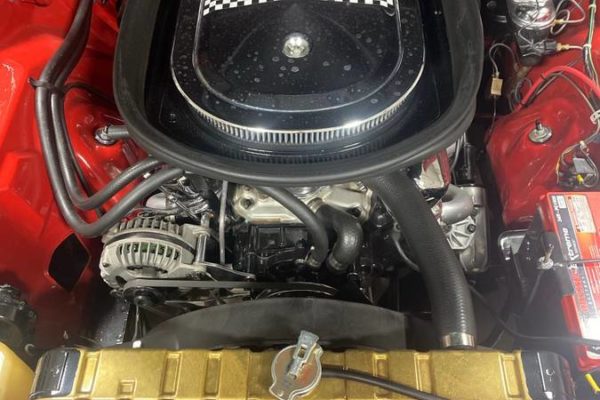
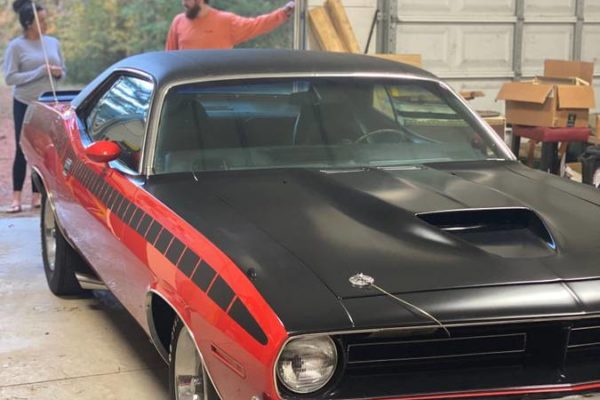
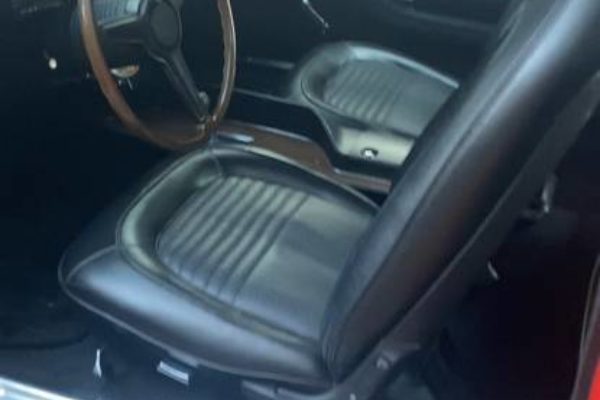
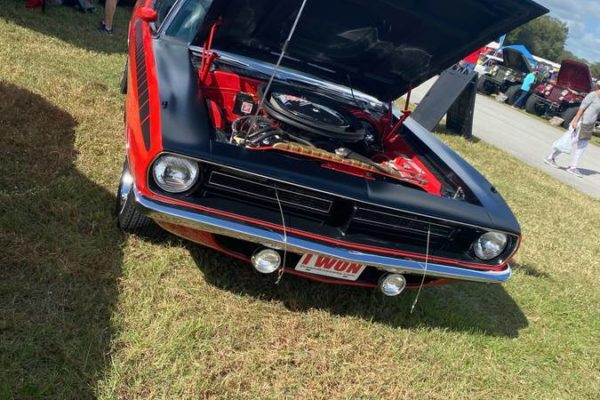
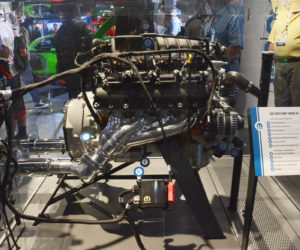
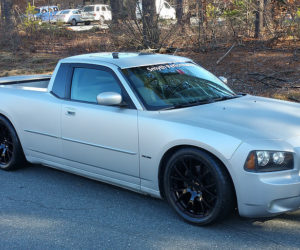
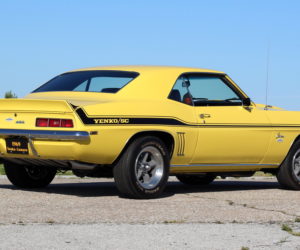
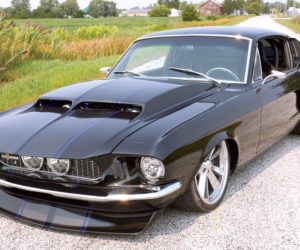
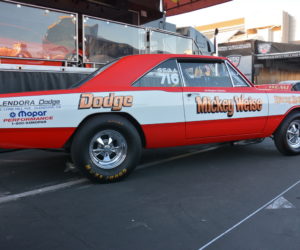




Comments for: Trans Am Special: 1970 Plymouth Cuda AAR
comments powered by Disqus